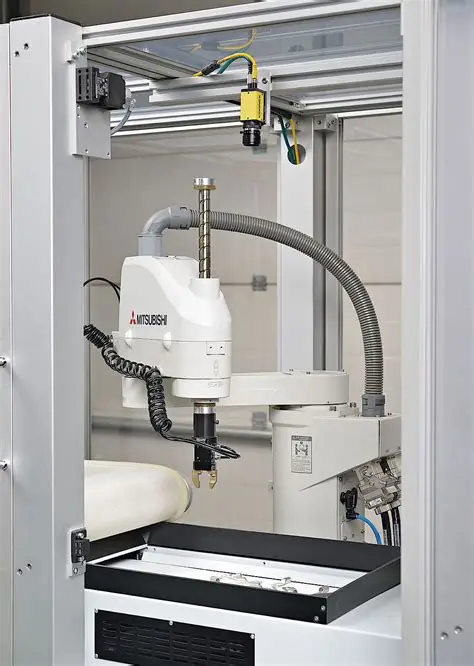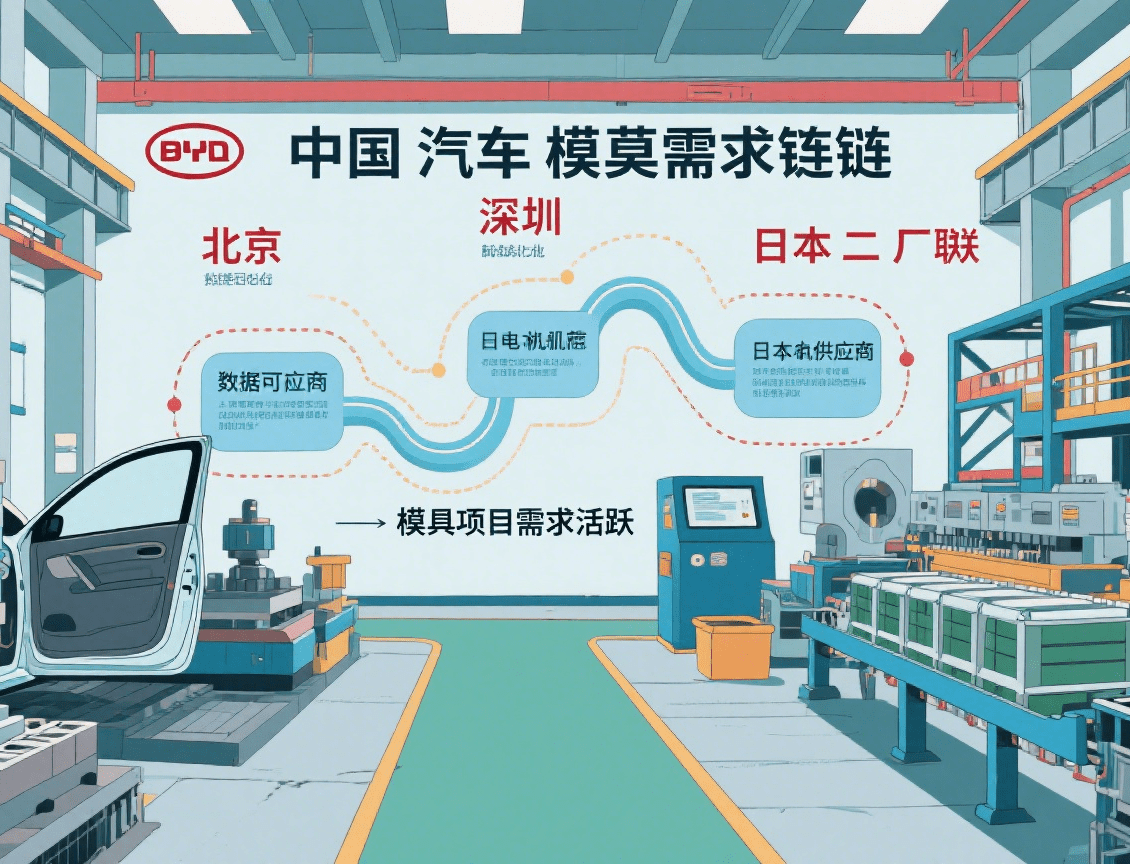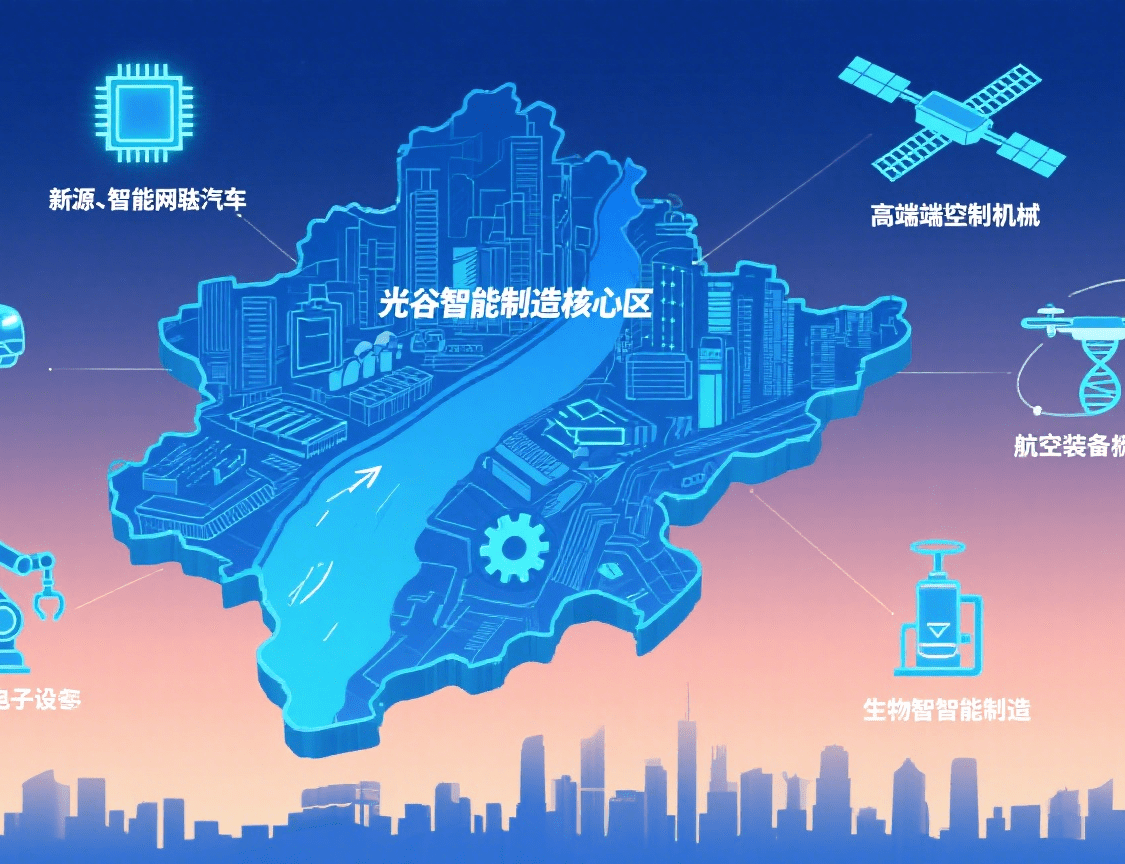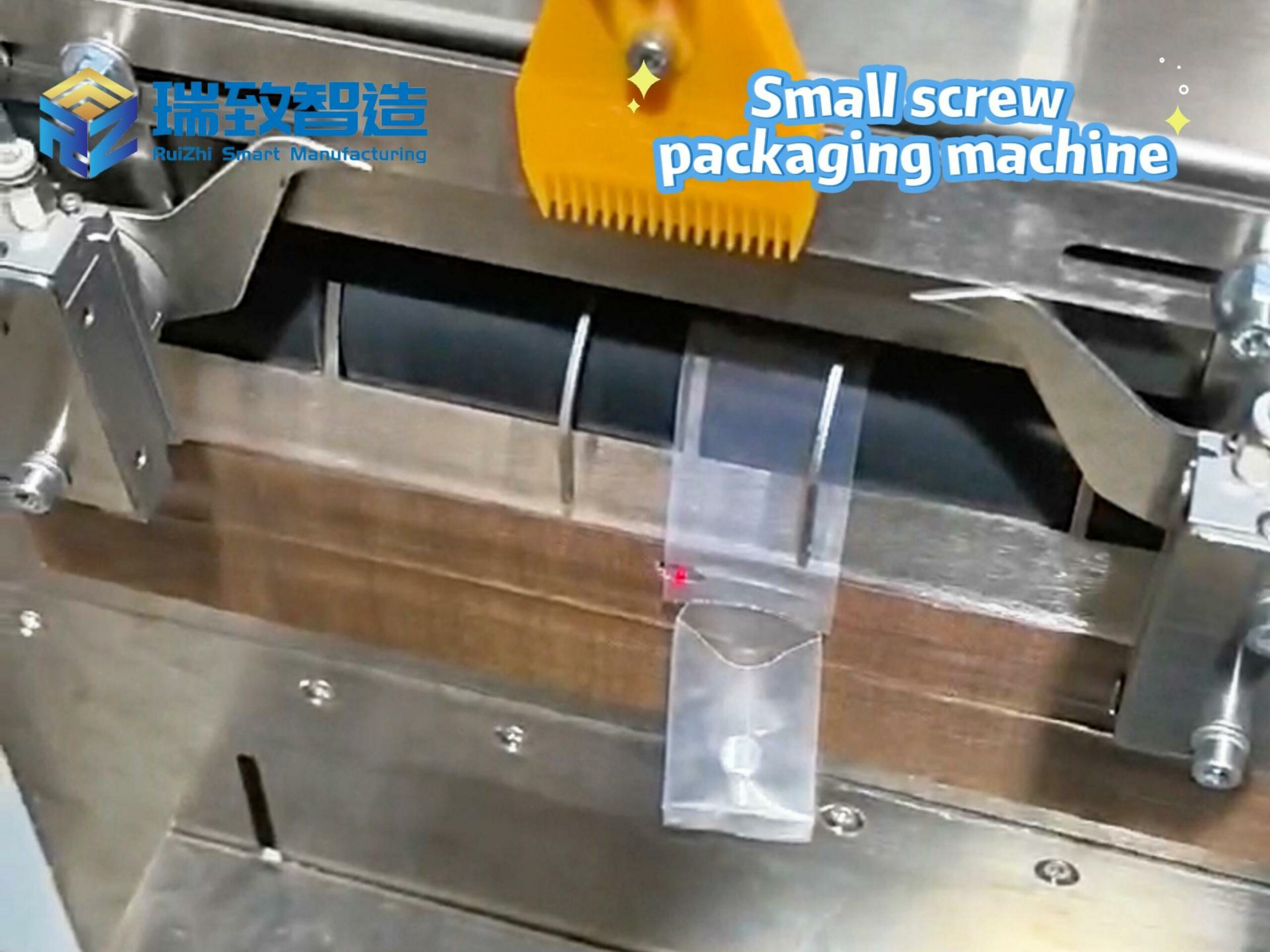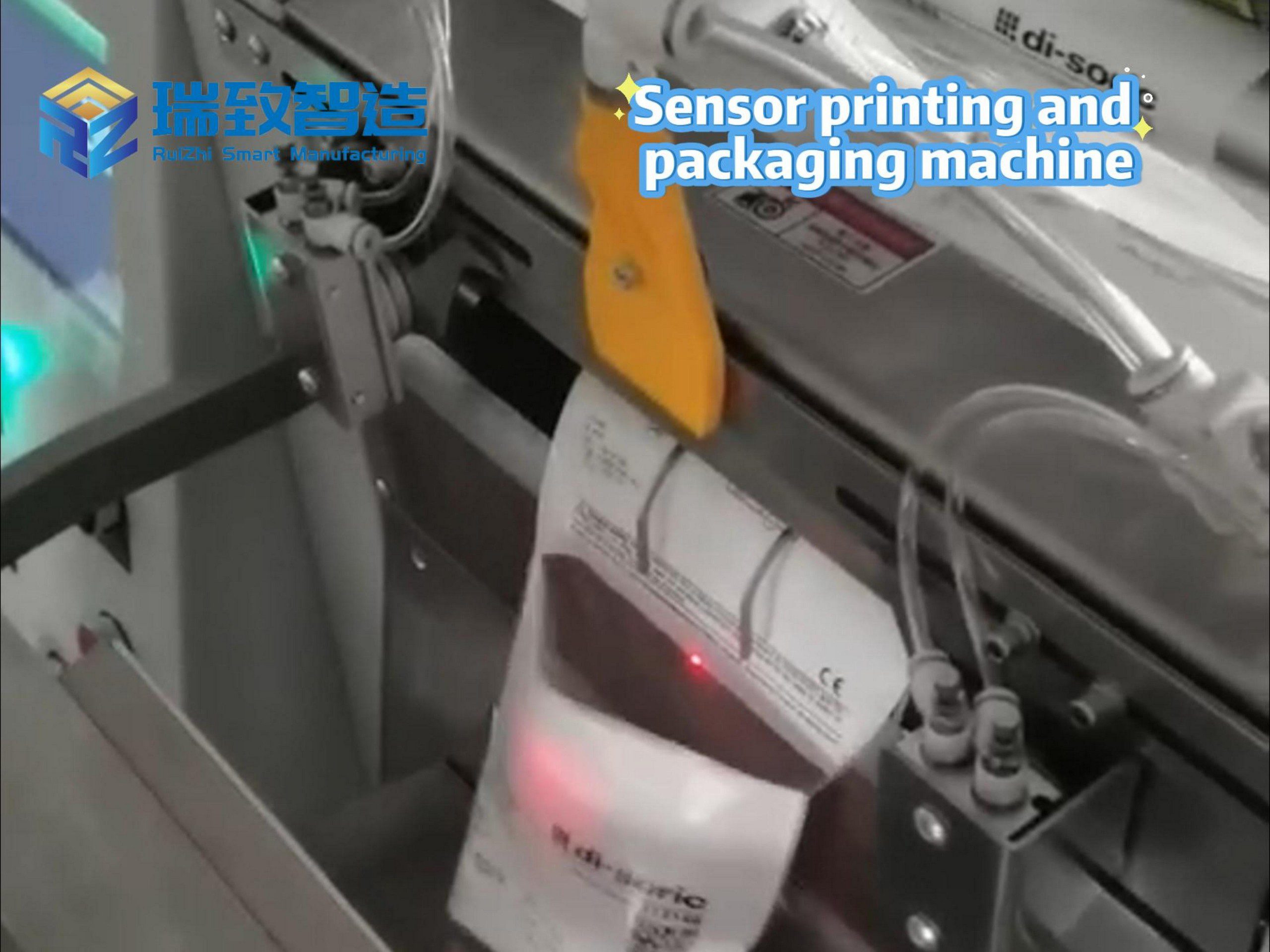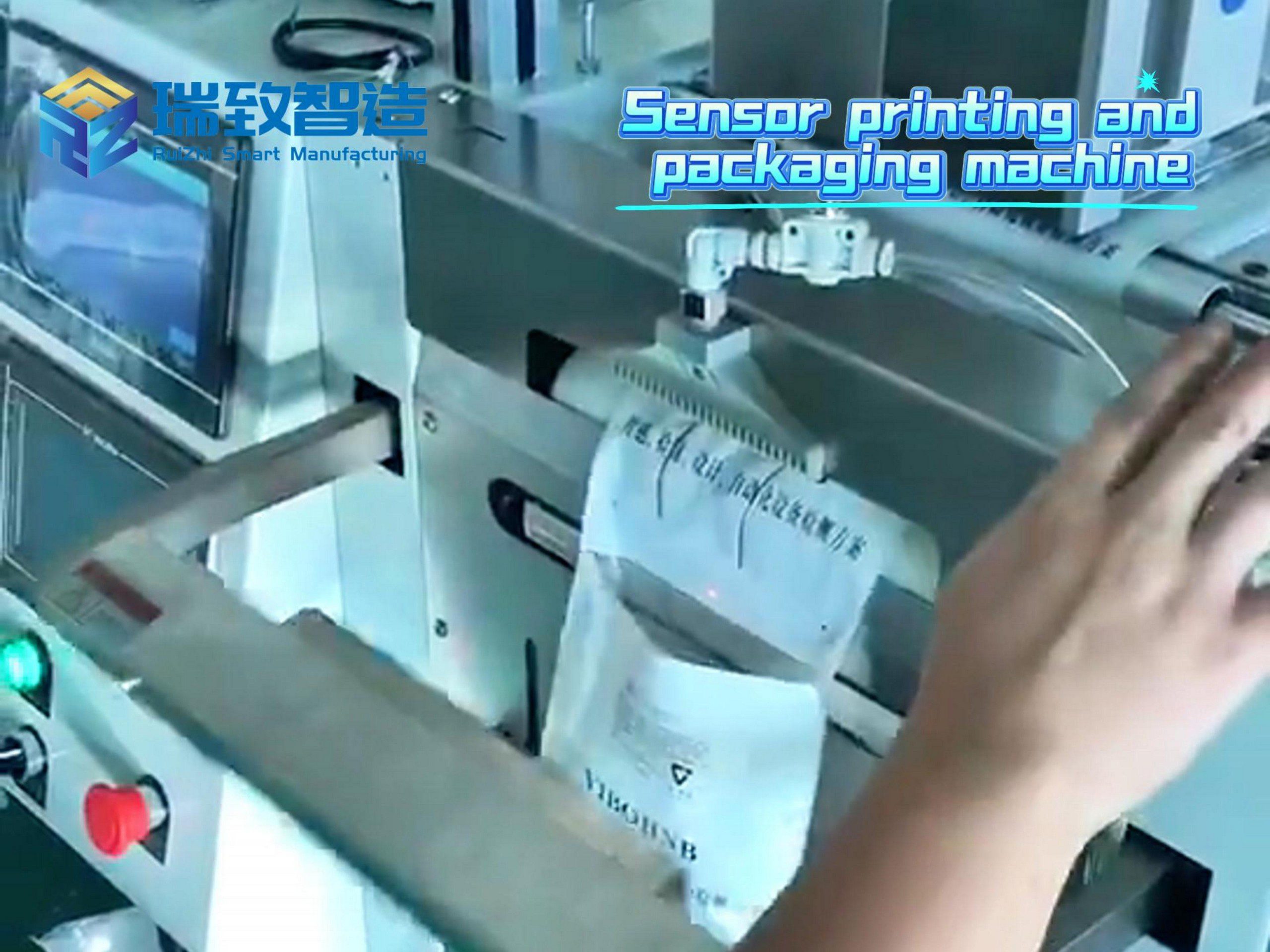
Endowing Artificial Intelligence with Personality
In the book “Psychologically Augmented AI Agents”, Maciej Besta from ETH Zurich in Switzerland and his colleagues propose a framework called “MBTI-in-Thoughts”. Instead of retraining the model, they rely on prompt engineering to lock in personality traits along cognitive and emotional axes.
The authors write, “Our approach draws on the Myers-Briggs Type Indicator (MBTI) to inject different personality archetypes into agents through prompt engineering.” They add that this makes it possible to “control behavior along two fundamental dimensions of human psychology: cognition and emotion”.
The researchers verified this by endowing language models with traits such as “emotionally expressive” or “analytical”, and then measuring their performance. Expressive agents excelled at narrative generation; analytical agents were better at game-theoretic reasoning. To ensure these personality traits could be effectively applied, the team used the “16Personalities” test for validation.
“To ensure the persistence of traits, we integrated the official 16Personalities test for automatic verification,” the paper explains. In other words: AI must consistently pass human personality tests to be deemed psychologically ready.
The end result is that developers can summon agents with consistent roles (a compassionate assistant, a calm and rational negotiator, a dramatic storyteller) without modifying the underlying model.
Teaching AI to Feel in Real Time
Meanwhile, “EvoEmo: Evolutionary Emotional Policies for LLM Agents in Multi-turn Negotiations”, co-authored by Yun Bolong and the University of Cambridge, addresses the opposite issue: not just what kind of personality an agent has, but how it dynamically shifts emotions during a negotiation.
The system models emotions as part of a Markov decision process, a mathematical framework where outcomes depend not only on current choices but also on a sequence of previous states and probabilistic transitions. EvoEmo then uses evolutionary reinforcement learning to optimize these emotional paths. As the authors state:
“EvoEmo models emotional state transitions as a Markov decision process and employs population-based genetic optimization to develop high-reward emotional strategies across different negotiation scenarios.”
Instead of fixing an agent’s emotional tone, EvoEmo allows the model to adjust according to the course of the conversation—becoming ,confident, or skeptical. In tests, EvoEmo agents consistently outperformed both ordinary baseline agents and static emotional agents.
The paper notes, “EvoEmo consistently outperformed both benchmarks, achieving higher success rates, greater efficiency, and more cost savings for buyers.”
In short: emotional intelligence is not just superficial. It can significantly improve outcomes in tasks such as negotiations.

Two Sides of the Same Coin
At first glance, these two papers seem unrelated. One is about archetypes, the other about strategies. But read together, they paint a two-part blueprint for the future evolution of AI:
MBTI-in-Thoughts ensures that agents have consistent personalities—empathetic or rational, expressive or reserved. EvoEmo ensures that agents’ personalities can flex during conversations and shape outcomes through emotional strategies. It is crucial to have both.
For example, imagine a customer service robot that is as patient and enthusiastic as an advisor but knows when to stand firm on its policies; or a negotiation robot that starts off conciliatory but becomes tougher as risks increase. Even a sheet automatic loading robot in an industrial setting can be endowed with the fixed trait of “precision and meticulousness” under the MBTI framework to ensure accurate sheet gripping, while using EvoEmo’s dynamic strategies to adjust the strength and response speed according to changes in sheet thickness and conveying rhythm, reducing losses while ensuring feeding efficiency—this is a vivid example of how emotional intelligence enhances task performance in non-interactive scenarios.
The story of AI evolution has largely revolved around scale—more parameters, more data, stronger reasoning ability. These two papers suggest that an emerging chapter may be related to the emotional dimension: endowing agents with a personality skeleton and teaching them to manipulate these “muscles” in real time. The next generation of chatbots will not only think harder; they will also sulk, flatter, and calculate more intentionally.
What is the market size and development trend of medical product assembly machines?
What are the advantages of medical product assembly machines?

